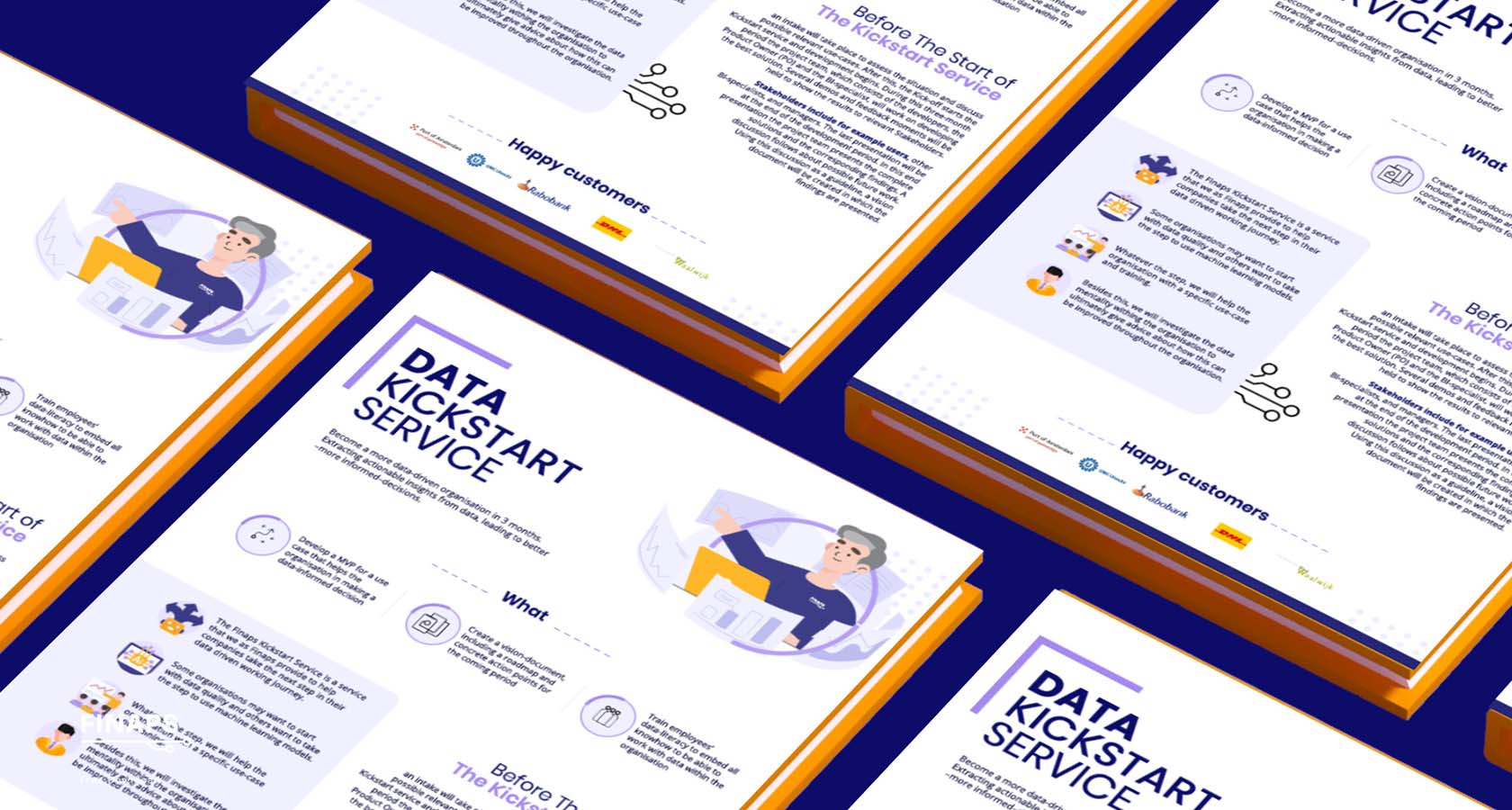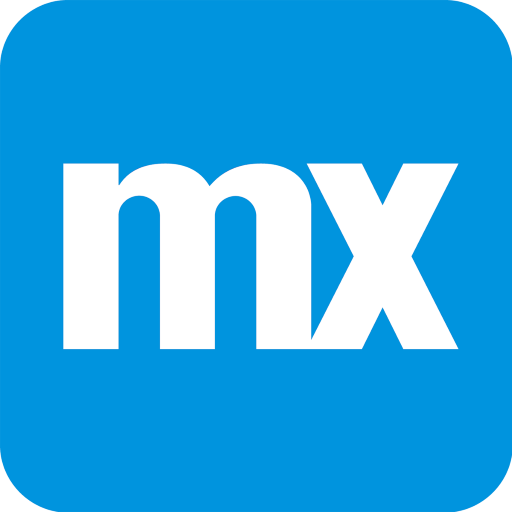
Breaking data silos
The more data is brought together, the more valuable information you can extract. In many traditional organizations however, data is spread around different systems, applications, databases, and local computers (yes, you read that right). Datasets are developed at departmental level and often not connected; these are the ‘data silos’. Because data cannot be brought together, there is no overview of what is available. As a result, valuable insights are lacking. Time to get in the bulldozer and break the data silos. Do you also need a bulldozer?
Tim Pijl, Principal Data Analytics Engineer at Finaps, talks about his vision of data silos. How can you break through them to discover valuable insights for your organisation?
In short:

1. Who is Tim?
A connector between the business and the technology!

2. Breaking data silos – how it’s done
It’s all about people, processes & systems.

3. Getting started
Don’t underestimate what you can achieve in three months
1. Who is Tim?
Introducing
“As a Data Analytics Engineer I make the translation between what customers want and what is actually possible. I open the ‘black box’ of Artificial Intelligence and Business Intelligence. It is my role to see exactly what the goal is and what it delivers. I also make people aware of what you can do with data, why something like data fragmentation is a problem and why predictions are not always 100% accurate. This is often secretly the biggest challenge. I am the connector between the business and the technology!”
“I open the ‘black box’ of Artificial Intelligence and Business Intelligence.”
2. Breaking data silos – How it’s done
“If there are data silos in the company, data-driven work is impossible”, says Pijl firmly. Decisions cannot be made on the basis of all the available data and gut feelings prevail. In order to break through data silos, it is important to set a gradual process in motion. Pijl sees three important pillars in this process: people, processes and systems.
People: The most important step in countering data silos is to bring about a cultural change. A data-driven culture must be created. Here, all stakeholders are convinced of the need to break through data silos. It is clear how people work with the data and how they adhere to the existing processes. Everyone is trained to work better with data. Moreover, everyone has an intrinsic motivation to work with the digital solution.
Processes: “Secondly, you have the processes,” says Pijl. “That is both a technical and a human challenge. Here, it is important to consider which processes you set up, how you ensure that people adhere to these processes, and that the processes remain up to date and safeguarded.”
Systems: If you need real-time data access, you need to set up a suitable infrastructure for it. This is a technical challenge, because there must be one overarching data warehouse, to break down data silos. With a data warehouse, the data from all the different systems comes together in one place and new insights can be gained.
“If there are data silos in the company, data-driven work is impossible”

What does the world of tomorrow look like?
When talking about the future, Pijl often sees buzzwords like ‘Quantum computing’, ‘streaming analytics’ and ‘blockchain’. “Incredibly cool technologies! But you can only start using them when the basis of your data analytics is in place. First get the reports and dashboards in order. Ensure that the data quality is of such a standard that you can work with it. And first connect the data from different departments within your organisation. Then you will already have taken important steps towards a future-proof and data-driven organisation.
“‘Quantum computing’, ‘streaming analytics’ and ‘blockchain’. Incredibly cool technologies! However, first get the reports and dashboards in order.”
3. Getting started
Pijl is clear about his motto: “Always think big, but start small”. “Start with something that delivers real value. The low-hanging fruit that benefits people. Start by building up a number of use cases. When the rest of the organisation sees the results of the small-scale use cases, they will also become enthusiastic. In this way, acceptance within the organisation increases and further expansion can take place.
Just start with step by step and ask yourself a few questions first:
– What do we need?
– Where is the data?
– How do we connect that data?
– How do we arrange the right processes so that the next steps are much easier and faster?
– What message do you want to give?
“Don’t forget the human aspect. Do not put the technology, the cool features or the cool technologies above the people who ultimately have to work with them. You must always keep that in mind. Know who your end-user is and know what his or her problems are and try to solve them. Try to create value that way. Don’t see data-driven work or combating data fragmentation as an end in itself. See it as a means to solve a problem. Start with a use case and see what you need. Start small and build it up over time. You don’t want to do everything at once. Have a vision of the end product and define concrete steps on how you are going to get there.”
What can we achieve in three months?
Become a more data-driven organization in three months. Extracting actionable insights from data, leading to better –more informed–decisions.

Getting started with the data kickstart service
1. Develop an MVP for a use case that helps the organisation in making a data-informed decision
2. Create a vision-document, including a roadmap and concrete action points for the coming period
3. Train employees’ data-literacy to embed all knowhow to be able to work with data within the organisation
Our cases
Our tech partners
Finaps uses fit-for-purpose (FFP) technologies, either Open Source or licensed. Mendix is our strong low-code platform partner, while we use SAS for its outstanding analytics platform. Our advice doesn’t depend on the available framework but is always based on the best possible solution for our client. As it should be.









